Where to Be in 2026: The Pro Cycling Events All Fans Should Follow
CyclingFriday, 24 October 2025 at 09:43
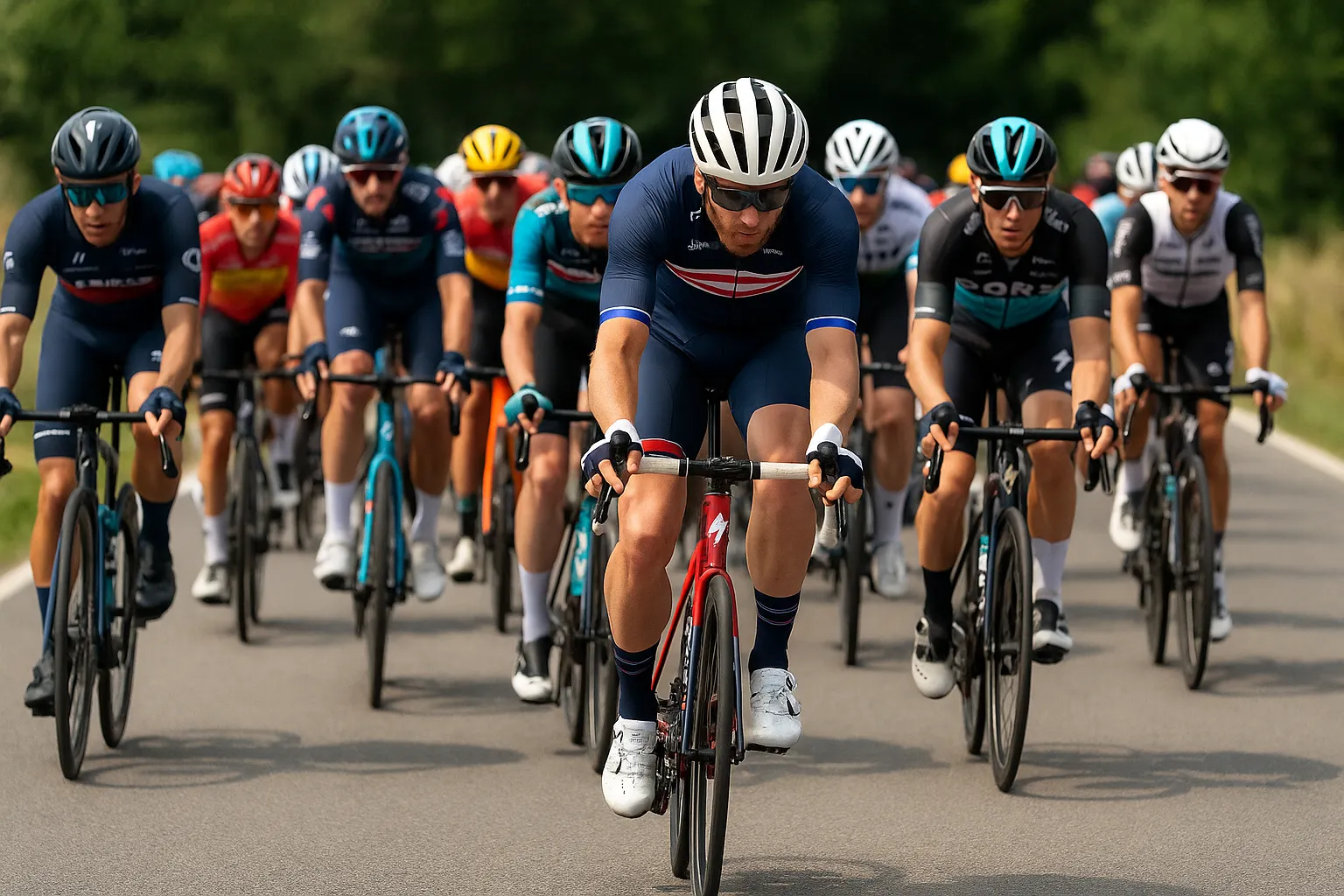
Professional cycling is gearing up for a packed season in 2026, with races confirmed across Europe, the Middle East, Australia, and North America. The official UCI WorldTour calendar covers 36 top-tier events in the men’s competition and 28 on the women’s side, spread across four continents. From January to October, the season will offer everything from hard-fought sprints and punishing cobblestones to long mountain climbs and high-stakes time trials.
This will be a year when the biggest names return to iconic races, but there are also changes fans will want to note. Several events have shifted dates, and new formats are being tested in both men’s and women’s racing. For the first time, the Giro d’Italia Women will run in the spring, timed closer to the men’s edition. The Tour de Suisse has been shortened. And in the UK, both editions of the Tour of Britain will now run as two equal-length five-day races in August and early September.
With a more global and balanced schedule than ever, 2026 promises to be one of the most exciting cycling seasons to follow. Here’s a breakdown of the races fans shouldn’t miss and why they matter.
More Fans, More Access - and a New Way of Following the Sport
Professional cycling has grown more global and more visible in the past five years. What used to be followed mostly by fans in Europe is now watched by millions around the world. Online platforms now offer live timing, extended highlights, and daily analysis, giving viewers more ways to stay in touch with the sport throughout the season.
This growing reach has led to more ways people follow results and rider form. Over time, the sport has also gained traction on betting sites, where odds are published for stage winners, general classification favourites, and even team performance. Dedicated followers can now find cycling betting options on major races such as the Tour de France or Milan-Sanremo. This shift reflects cycling’s move into a more mainstream position among international sports, and it’s another signal that interest in the sport is growing beyond traditional fan circles.
As more people follow races digitally, through live feeds or stats-based services, the experience of watching pro cycling is changing. Fans no longer rely on highlights or printed results, they track live gaps, compare data, and watch form changes throughout the year. For many, this means deeper involvement in each race and a better sense of how the sport evolves across the season.
The Top Three Grand Tours of 2026
The three-week tours remain the most watched and most talked-about events in cycling. They offer the kind of full-season storylines that shape the sport year after year, with both men’s and women’s editions gaining bigger stages and wider visibility.
Giro d’Italia
The Giro will return to its usual slot in May, running for three weeks across Italy. The men’s race will feature classic mountain stages through the Dolomites and likely several long, tactical days through Tuscany and Piedmont.
The women’s edition, now moved to late spring, brings new attention to what’s long been one of the most prestigious races in the women’s calendar. The shift away from its previous July overlap with the Tour de France is expected to boost its coverage and allow more fans to follow both events separately.
Tour de France
The men’s Tour will run from July 4 to 25, starting for the first time in Barcelona. Its route will cross the Pyrenees early before moving through central France, then finishing in Paris. This year’s edition should bring back several returning GC contenders along with a new wave of climbers and team leaders.
The women’s Tour de France Femmes will follow immediately after the men’s race. It will begin in Lausanne, Switzerland, and include mountain and mid-mountain stages, giving the peloton a real test over nine days. Both events are expected to be among the most-watched cycling races worldwide.
La Vuelta a España
Closing out the Grand Tours, the Vuelta will take place through late August and into September. It often sees riders who missed out earlier in the year looking to recover form or make a late impact.
The women’s Vuelta, run as the Vuelta España Femenina, will also be in this window, continuing its steady rise in both ranking value and media exposure. Both races offer chances for younger riders to make names for themselves, with long climbing stages and unpredictable weather often influencing the outcomes.
Where the Spring Classics Set the Tone
The season’s first major action kicks off with the Spring Classics, mostly held in Belgium, Italy, and northern France. These are one-day races known for unpredictable weather, narrow roads, cobbled sections, and fast finishes.
Races like the Omloop Nieuwsblad and Strade Bianche give early signs of which riders are in shape. The Milan-Sanremo in March, with its 300 km course, is one of the longest professional races and often ends in a dramatic bunch sprint. In April, the Ronde van Vlaanderen and Paris-Roubaix push riders to their limits, and in recent years, the women’s editions of these races have matched the intensity and visibility of the men’s.
One notable update for 2026 is the renaming of the Brugge-De Panne to the Ronde van Brugge. It will now be run on March 25 and 26 for women and men respectively, and will include a sprint-friendly course. These classics are especially popular among fans because they can swing either way: to breakaway specialists or fast finishers, and they often reward experience and smart positioning more than raw strength.
Changes to Watch: Format Shifts and New Dynamics
Several races in 2026 will feature adjustments that change how teams and riders approach the season. The Tour de Suisse, usually used by many as a warm-up for the Tour de France, will now run for just five days instead of the usual eight. This affects both men’s and women’s races and may shift attention to other events like the Critérium du Dauphiné, now being run under the name Tour de l’Auvergne-Rhône-Alpes.
The Lloyds Tour of Britain will now feature equal race lengths for men and women: both will run for five days across late August and early September. The women’s race takes place August 19–23, while the men will race September 2–6.
This equal structure is new and reflects efforts to balance exposure and coverage across both sides of the sport. In 2025, the women’s field was the largest ever for the event, with 19 teams competing. That growth is expected to continue in 2026.
Other format changes include the women’s Giro moving from summer to spring, and a few North American races returning to the calendar. These shifts may not be huge for casual followers, but they have an impact on how riders plan their seasons and how the races fit into the bigger picture.
IDL-productions
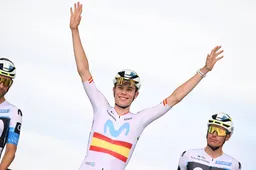
Sudden doping case around Lazkano pushes devastating verdict on Movistar into the background

"We already knew Wout from the Tour": how Poels’ transfer to Unibet Tietema Rockets came together

🎥 Anyone who saw Tom Pidcock dominate for Q36.5 on a 22 percent (!) climb should’ve known better back then
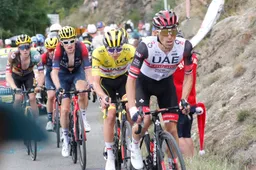
Forever the gold standard: super domestique Rafal Majka helped lift Pogacar and Contador to new heights

🎥 Unseen scenes in France spark major safety controversy — but did it actually unite the peloton?
Latest Cycling News

Cycling news at your fingertips: Follow IDL Procycling everywhere!

Lokeren cross delivers shocks: Nieuwenhuis flips X2O standings after Nys-drama, Brand wins again

‘I’m thinking of her so much’: Riders react after ex-French track cyclist Cindy Morvan killed in Calais
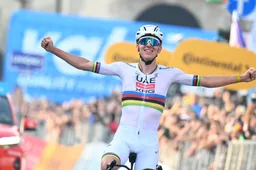
UAE Team Emirates - XRG won't allow Pogacar to race cyclocross: 'Otherwise, he’d jump straight back in'

Van Aert realises his cyclo-cross dreams are no longer a priority: 'As much as I love it'
Popular Cycling News

"With the aim of becoming the number one road cycling team"; Lidl-Trek lands major signing and calls it a "monumental moment"

🎥 Anyone who saw Tom Pidcock dominate for Q36.5 on a 22 percent (!) climb should’ve known better back then

Del Toro names Visma | Lease a Bike, Carapaz, and UAE among his Giro mistakes: "You should’ve told me about van Aert earlier"
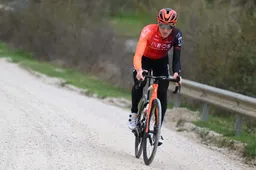
"There are only a few left who still brake’" INEOS rider leaves the "incredibly dangerous" sport of cycling behind at 36

Pidcock victorious in grueling African Gravel Race and sets sights on Grand Tour-succes: 'I believe more and more'
Latest Comments
- Now the Palestinian protestors can stop their whining. Trump came to the rescue. So they can now STFU and go back to waving the rainbow flags.raufus15-10-2025
- Cracked the code lol. If it was that easy to 'crack the code' jonny Vegas would be charging up the Kwaremont giving Pog a dose of his medicine. Evenepoel can't match pog on a climb and neither can mvdp. Anything with a half difficult climb and Pog smashes the field. Even on flat(ish)parcours like Roubaix it came down to a mistake and crash by pog to definitively crown mvdp. MSR is the only one that Pog probably won't win.kevpt10-10-2025
- We've seen this movie before. I think Pogacar is doping.DeadBlow10-10-2025
- 👍Bea08-10-2025
- 👌🏻Bea08-10-2025
- What the data doesn't show is how much of an effect drafting had for evenepoel. Pogacar went with del toro at 100km whilst Evenepoel was still in the bunch. Despite the bike changes he still had a lot of assistance getting back to the bunch. Pogacar then rode 60km solo whilst evenepoel rode with Healy/Skjelmose until going solo in thd last 10-15km. Thats ~20% less power / energy requirements for 45-50km. Apples and oranges...kevpt30-09-2025
- 👏👏Bea24-09-2025
- Agreed! As we all know now, Juan Ayuso will be on another team. But it was sweet to see him win the stages at La Vuelta. I do love the drama of cycling admittedly but its clear to see the talent of winners of stages in a Grand Tourryhw2814fq921-09-2025
- Pogacar has no competition he has won everything, I cant imagine even being him in that position!! Crazy. I am sure he has some back up plan for how he wants to spend his retirement years at age 30 onward. Does he like beer? Plenty of innovation in brewing. And you don't have to be super social. Chapeau/Cheers whatever you like Tadej you will do.ryhw2814fq921-09-2025
- Plus its confirmed that the Philadelphia Cycling Classic up the Manayunk Wall is back for 2026! hooray for thatryhw2814fq918-09-2025
Loading